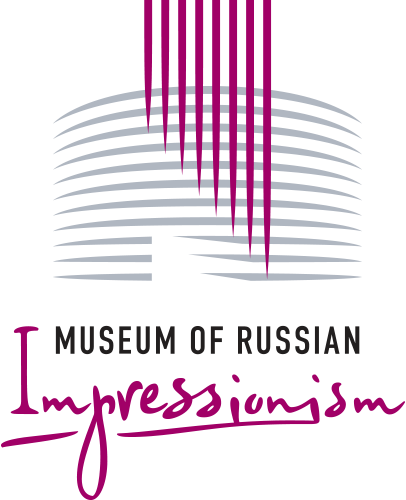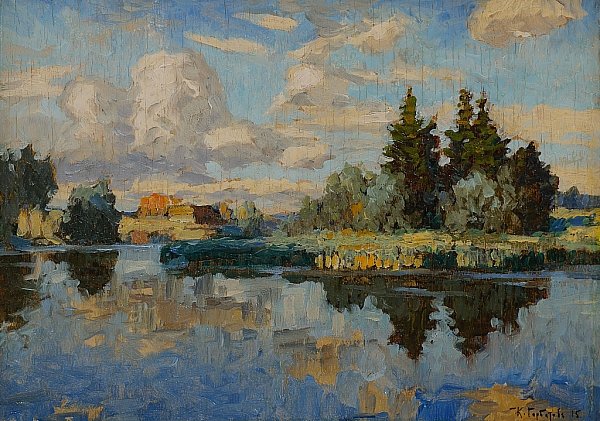Konstantin Gorbatov
17.05.1876 - 24.05.1945
“I am writing this letter at a tragic time, when the lives of all of us living in Berlin are in danger. I request that when this war is over, all my paintings are sent to the Academy of Arts in Leningrad. I leave it up to the Academy to decide what to do with them.” This note was discovered in Gorbatov’s Berlin apartment in 1945. By then, both Gorbatov and his wife were dead - they had lived the last five years of their lives in terrible poverty. Twice a week they were required to register with the police, and they were not allowed to leave the country. They had temporary passports, which were renewed every four months by the Swedish Embassy. Not long before that, the famous artist Konstantin Gorbatov and his wife had been touring Europe, spending four years in Italy, on the island of Capri, in Finland and Great Britain before they decided to settle in Berlin. Gorbatov’s works were in demand and provided him with a substantial income. The artist was born in the Samara province, and as a youth was always inspired by old churches and rundown houses overgrown with grass; most importantly of all, he loved the Volga river. Gorbatov studied art in Riga and St. Petersburg, first at the famous Alexander Stieglitz School of Technical Drawing, and later at the Academy of Arts, in the departments of Architecture and Painting. At 35, Gorbatov received a grant from the Academy to live and work in Rome. Those with sharp tongues pointed out that in Gorbatov’s paintings, Italy looked suspiciously like the northern Russian cities of Pskov and Novgorod! Then again, Gorbatov always admitted he missed his native land, and even in Rome, the Eternal City, the artist would paint Russian birch trees and his beloved Volga landscapes. The writer Maxim Gorky, who also came from the Volga, invited Gorbatov to stay at his home in Capri, an island with a large, vibrant community of young Russian artists, and twice a week they would visit artists’ studios. After travelling all over Europe, Gorbatov and his wife returned to Russia, but the artist did not feel at home with any of the newfangled artistic movements and circles. He did, however, join the St. Petersburg Kuindzhi Society, named after the inimitable 19th century landscape artist Arkhip Kuindzhi. Gorbatov’s art was quite popular with the educated middle class, and his works sold well, but the Revolution of 1917 changed everything: the artist was accused of being old-fashioned, and in 1922 he left Russia, never to return. He would enjoy almost a decade of professional success and the carefree life of an artist traveling around Europe.





